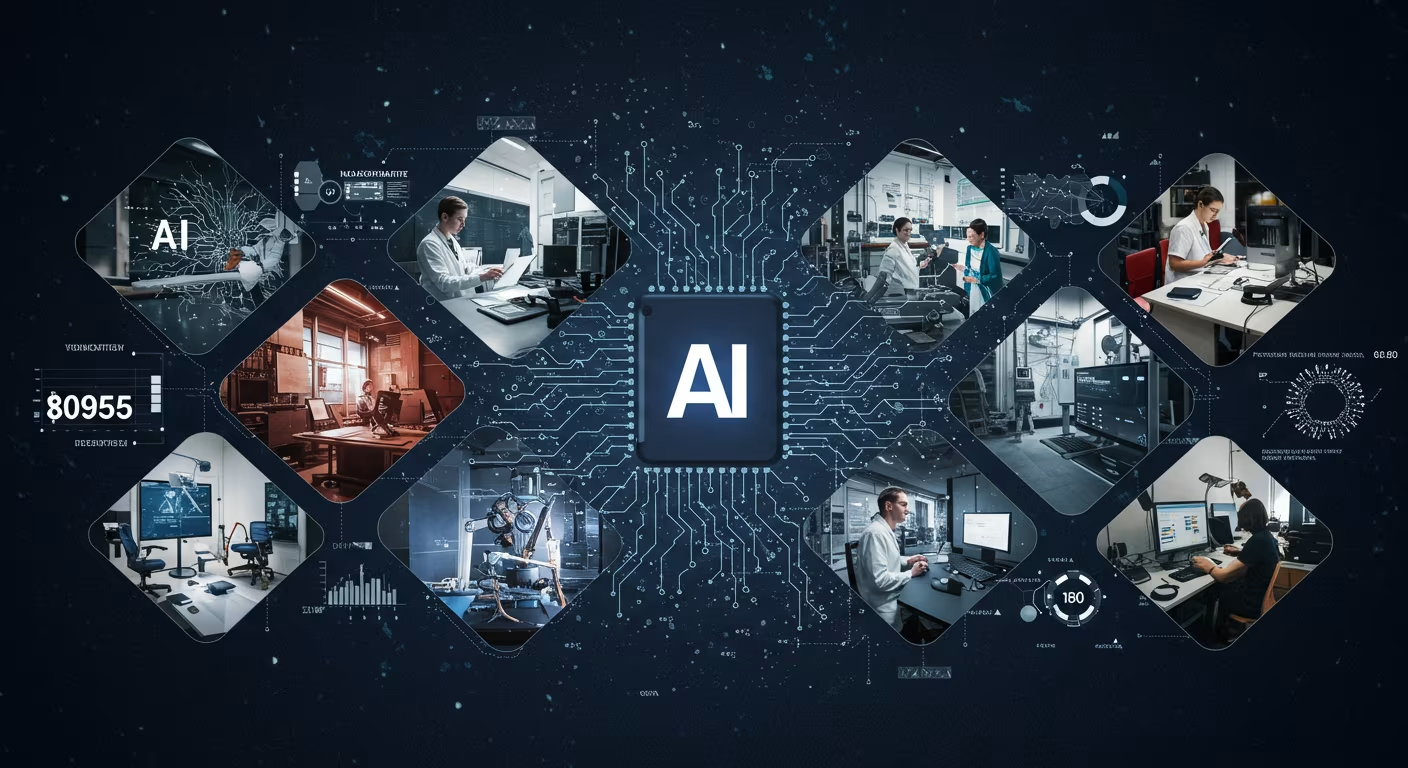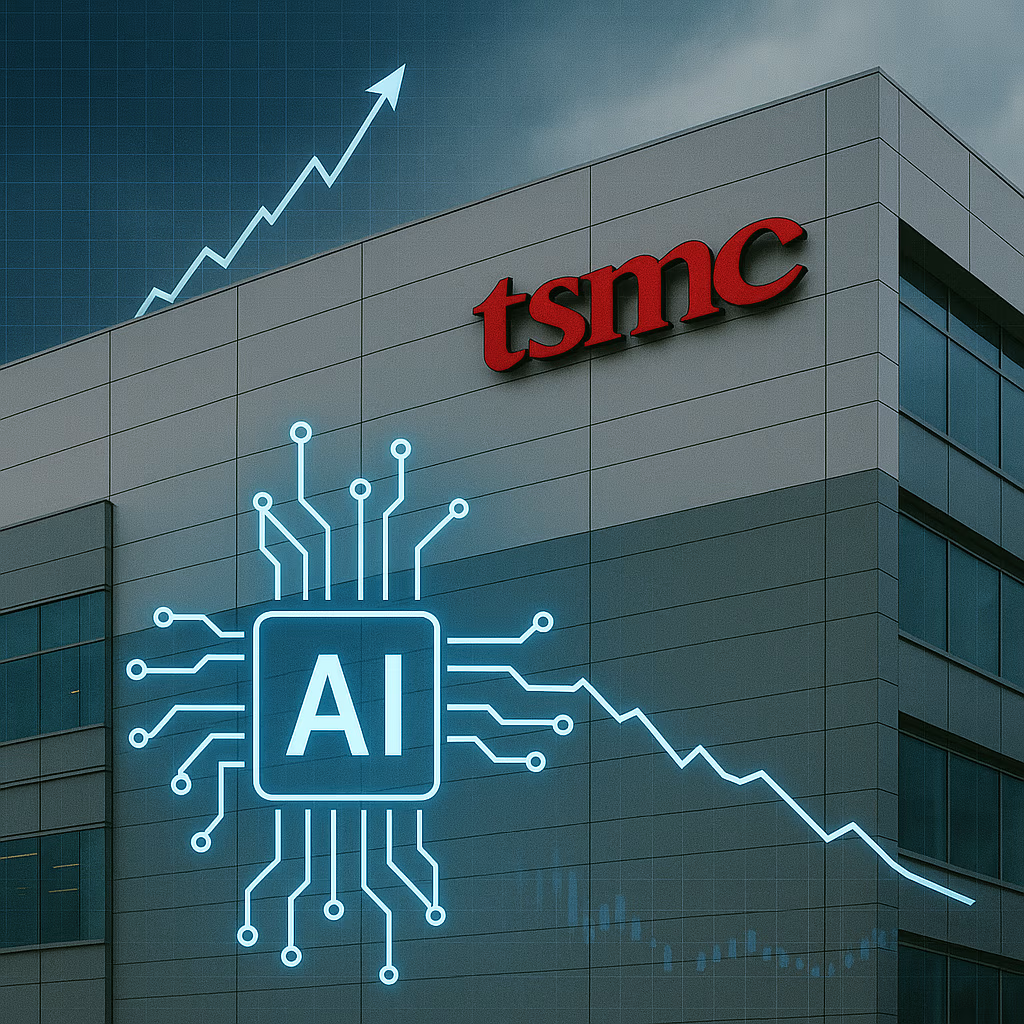The rise of artificial intelligence is not just a software revolution—it’s a hardware, infrastructure, and capital transformation at a global scale. From cloud data centers and GPU clusters to edge computing nodes and high-bandwidth networks, the physical backbone required to support AI technologies is expanding rapidly. As a result, AI infrastructure spending is emerging as one of the most important—and fastest growing—investment categories of the digital age.
Governments, tech giants, startups, and private investors are pouring billions into building the computational muscle behind large language models, generative AI, autonomous systems, and real-time decision engines. But this surge in infrastructure investment goes beyond enabling AI—it’s reshaping the global economy, redefining the future of work, and transforming how industries operate.
So what’s driving this wave of AI infrastructure spending? Who’s leading it? And where is the smart money going?
What Is AI Infrastructure?
AI infrastructure refers to the foundational technology stack needed to build, train, deploy, and scale artificial intelligence systems. Unlike traditional IT setups, AI requires massive computational power, low-latency data flow, and specialized architecture to handle tasks such as model training, inference, and edge deployment.
Core components of AI infrastructure include:
- High-performance computing (HPC) clusters powered by GPUs, TPUs, and ASICs
- Data centers and cloud platforms optimized for AI workloads
- Data storage and bandwidth to handle large-scale datasets
- AI chips and semiconductors designed for parallel processing
- Network and edge infrastructure for distributed AI and real-time applications
- Software tools and frameworks (e.g., TensorFlow, PyTorch, MLOps stacks) for AI lifecycle management
Building this infrastructure is capital-intensive and complex—but absolutely necessary as AI models scale in size, scope, and sophistication.
The Explosion in AI Infrastructure Spending
According to IDC, global AI infrastructure spending is projected to exceed $200 billion annually by 2027, up from roughly $100 billion in 2023. This represents a compound annual growth rate (CAGR) of over 20%, outpacing nearly all other IT categories.
Several key drivers are fueling this surge:
1. The Rise of Generative AI
The development of large language models (LLMs) like OpenAI’s GPT-4, Google’s Gemini, and Meta’s LLaMA has pushed infrastructure requirements to new extremes. Training a single foundation model can cost tens of millions of dollars in compute resources, and inference at scale demands constant power and speed.
2. Enterprise AI Adoption
Companies across finance, healthcare, logistics, and retail are deploying AI for everything from fraud detection to customer service automation. These use cases require both cloud and on-premise infrastructure to meet regulatory, latency, and security needs.
3. Edge AI and Real-Time Processing
With the rise of autonomous vehicles, smart factories, and IoT ecosystems, real-time AI is moving closer to the edge. That means more investment in local processing units, 5G/6G networks, and ruggedized infrastructure that can operate outside data centers.
4. AI-as-a-Service (AIaaS)
Cloud providers are increasingly offering turnkey AI tools and APIs, which require back-end infrastructure to scale globally. The growth of AIaaS has made compute power more accessible, while also intensifying the race to build the biggest, most efficient AI cloud.
5. Geopolitical Competition and National AI Strategies
Countries are racing to become leaders in AI innovation. The U.S., China, EU, and others have launched major national AI plans that include public funding for AI infrastructure, semiconductor subsidies, and sovereign cloud development.
Who’s Leading the AI Infrastructure Charge?
Big Tech Companies
The world’s leading cloud providers are at the forefront of AI infrastructure spending:
- Microsoft has invested over $10 billion into OpenAI partnerships and continues to expand Azure AI supercomputing regions.
- Google is scaling its TPUs and custom data centers to power Bard and enterprise AI offerings.
- Amazon Web Services (AWS) is doubling down on Trainium and Inferentia chips and expanding its AI-focused regions.
- Meta is building custom AI chips and server infrastructure to reduce its dependence on external vendors.
These firms are not only building for internal use—they’re creating infrastructure-as-a-service products that other companies can rent, fueling a virtuous cycle of AI adoption.
Semiconductor Giants
At the chip level, companies like NVIDIA, AMD, and Intel are driving AI computing power forward. NVIDIA, in particular, has become the backbone of AI training through its H100 and A100 GPUs, and its market capitalization has soared as demand explodes.
Emerging players like Graphcore, Cerebras, and SambaNova are also introducing novel AI chips with architecture optimized for neural networks and energy efficiency.
Data Center Operators and Infrastructure Funds
Real estate investment trusts (REITs) such as Digital Realty and Equinix are scaling data centers globally to meet AI demand. Infrastructure-focused private equity firms are also acquiring or funding hyperscale data centers, edge facilities, and renewable energy solutions to power AI growth sustainably.
Startups and Enterprises
Mid-sized enterprises and startups are building tailored infrastructure for AI use cases such as fintech, health diagnostics, robotics, and digital twins. They often rely on cloud credits, hybrid deployments, or partnerships with infrastructure providers.
Challenges in AI Infrastructure Scaling
While the trajectory of AI infrastructure spending is upward, several challenges could impact its pace and sustainability:
1. Energy Consumption and Sustainability
AI models consume enormous amounts of electricity. Training GPT-3, for example, used over 1,000 megawatt-hours of energy. Scaling sustainably will require a shift to green data centers, carbon offsetting, and energy-efficient chip design.
2. Supply Chain Constraints
Semiconductor production remains constrained, with lead times for top GPUs still stretching into months. Any disruption in the chip supply chain could slow infrastructure deployment.
3. Regulatory Complexity
As AI moves into sensitive sectors like healthcare and defense, infrastructure must meet stringent compliance and data localization requirements—complicating global rollouts.
4. Cost and Capital Intensity
Building AI infrastructure is expensive. Not every organization can afford the upfront investment, and returns may take time to materialize. This is especially true in non-cloud, on-premise deployments.
5. Talent Shortages
Engineers with deep expertise in AI infrastructure, DevOps, and systems architecture are in short supply. Without skilled professionals, organizations may struggle to optimize or scale their investments.
AI Infrastructure as Strategic Imperative
Over the next five years, AI infrastructure will become a strategic differentiator across industries. Companies that build or partner for strong infrastructure will be better positioned to harness AI’s transformative power. Those that lag may find themselves unable to compete.
What’s clear is that this wave of spending is not a bubble—it’s a long-term buildout, similar to what we saw with internet infrastructure in the late 1990s and cloud platforms in the 2010s. As AI matures, it will require not just better models—but better physical systems to support them.
From hyperscale data centers to on-device AI chips, the future of innovation is being paved in fiber, silicon, and teraflops.





